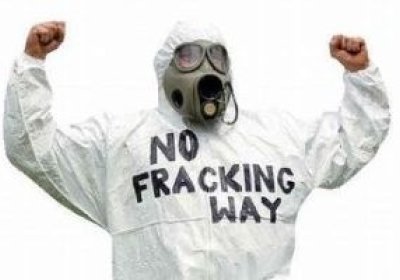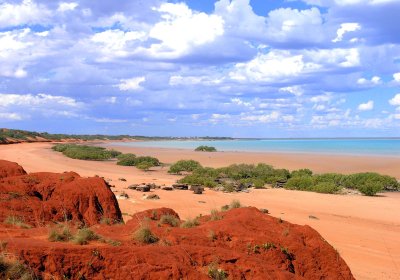Anti-fracking activists are calling on Premier Mark McGowan not to allow fracking in the Kimberley, reports Alex Salmon.
Kimberley
Buru Energy has admitted in its submission to the Western Australian Fracking Inquiry that testing of flowback fluids from its 2015 fracking operations in the Kimberley showed elevated levels of the chemical contaminants boron and barium and the radionuclide radium-228.
The campaign against the gas hub at Walmadan (James Price Point) in the Kimberley received a huge boost when about 20,000 people marched through the streets of Fremantle and attended a vibrant and political “Concert for the Kimberley” on February 24.
About 80 people rallied outside the Woodside office in Broome on January 15 to protest the decision by Indigenous affairs minister Peter Collier to allow drilling in the dunes as part work for an LNG processing site. Protesters say this will disturb Aboriginal sacred sites in the area. Photos by Zeb Parkes.
The Wilderness Society released this statement on January 15.
The threat facing Western Australia’s Kimberley region received national attention on October 5 when 10,000 people attended a concert for the Kimberley in Melbourne’s Federation Square.
- Page 1
- Next page










